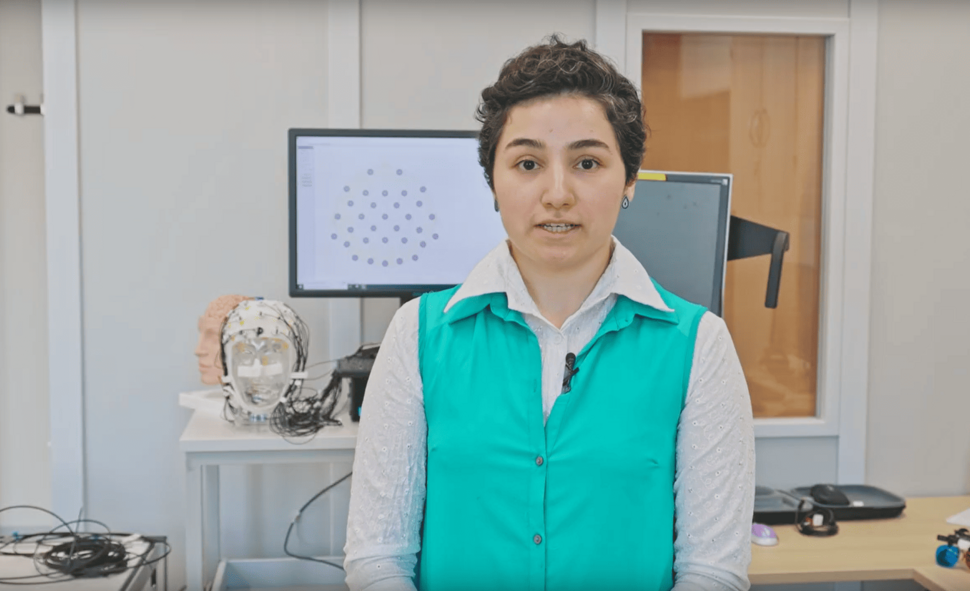RP 10: The Development of new Diagnostic Methods to identify dysfunctional Heart-and-Brain Interactions
Cardiac dysfunctions like atrial fibrillation (AF; intermittent or permanent) can be a major cause of stroke [1], but also independently can lead to cognitive impairment. The underlying heart-and-brain interactions are investigated poorly. We here aim to study potentially causal relationships of the heart and the brain, particularly the role of the interplay between the Central Autonomous Network (CAN) [1] and the Glymphatic System (GS) in patients with cardio-neuro-vascular disorders. The aim is to identify patient subgroups that are more prone to or already have (intermittent or permanent) atrial fibrillation (AF) or suffer from a embolic stroke of unknown sources (ESUS). Our hypothesis is that a substantial number of patients where the routine diagnostics fails to detect AF e.g. and who have an highly increased risk to develop (another) stroke [2] or will develop cognitive impairment over time show changes in CAN activation patterns and/or GS function . To properly study these complex interactions we have developed new tools which combine EEG, ECG and multimodal MRI analyses of patients and controls with and without AF and with or without challenging the CAN [3,4].
Patients will be either recruited from an ongoing prospective multicenter trial (FIND-AF2; https://www.find-af2.com/Aktuelles), from the stroke unit (ESUS patients, controls with documented AF) or from cardiology (AF before and after cardioversion). We will assess CAN activation and GS functional patterns by measuring EEG-ECG and ECG-fMRI and multimodal MR signals
Our main aim in this ongoing project is to find different activation/reaction/function -patterns in these patient samples that are predictors for a (recurrent) stroke or development of cognitive impairment.
References:
[1] Z. Chen, P. Venkat, D. Seyfried, M. Chopp, T. Yan, and J. Chen, “Brain–Heart Interaction: Cardiac Complications After Stroke,” Circ Res, vol. 121, no. 4, pp. 451–468, Aug. 2017, doi: 10.1161/CIRCRESAHA.117.311170.
[2] R. Wachter et al., “INTENSIVE HEART RHYTHM MONITORING TO DECREASE ISCHEMIC STROKE AND SYSTEMIC EMBOLISM-RATIONALE AND DESIGN OF THE FIND-AF 2 TRIAL,” in INTERNATIONAL JOURNAL OF STROKE, SAGE PUBLICATIONS LTD 1 OLIVERS YARD, 55 CITY ROAD, LONDON EC1Y 1SP, ENGLAND, 2022, pp. 226–226.
[3] J.-A. Palma and E. E. Benarroch, “Neural control of the heart: Recent concepts and clinical correlations,” Neurology, vol. 83, no. 3, pp. 261–271, Jul. 2014, doi: 10.1212/WNL.0000000000000605.
[4] M. Sadlonova et al., “Health-related quality of life, anxiety and depression up to 12 months post-stroke: Influence of sex, age, stroke severity and atrial fibrillation – A longitudinal subanalysis of the Find-AFRANDOMISED trial,” Journal of Psychosomatic Research, vol. 142, p. 110353, Mar. 2021, doi: 10.1016/j.jpsychores.2020.110353.


secretariat
- telephone: +49 551 3961803
- fax: +49 551 3961800
- e-mail address: neurologie.sekretariat(at)med.uni-goettingen.de